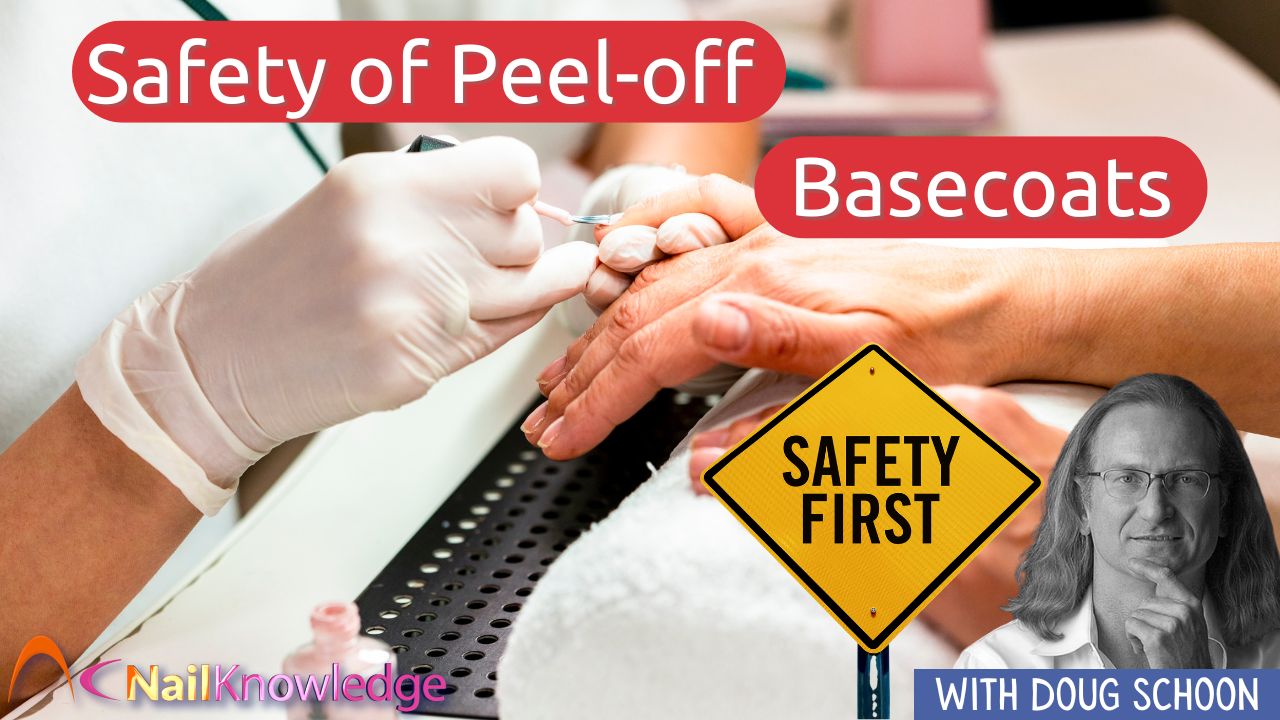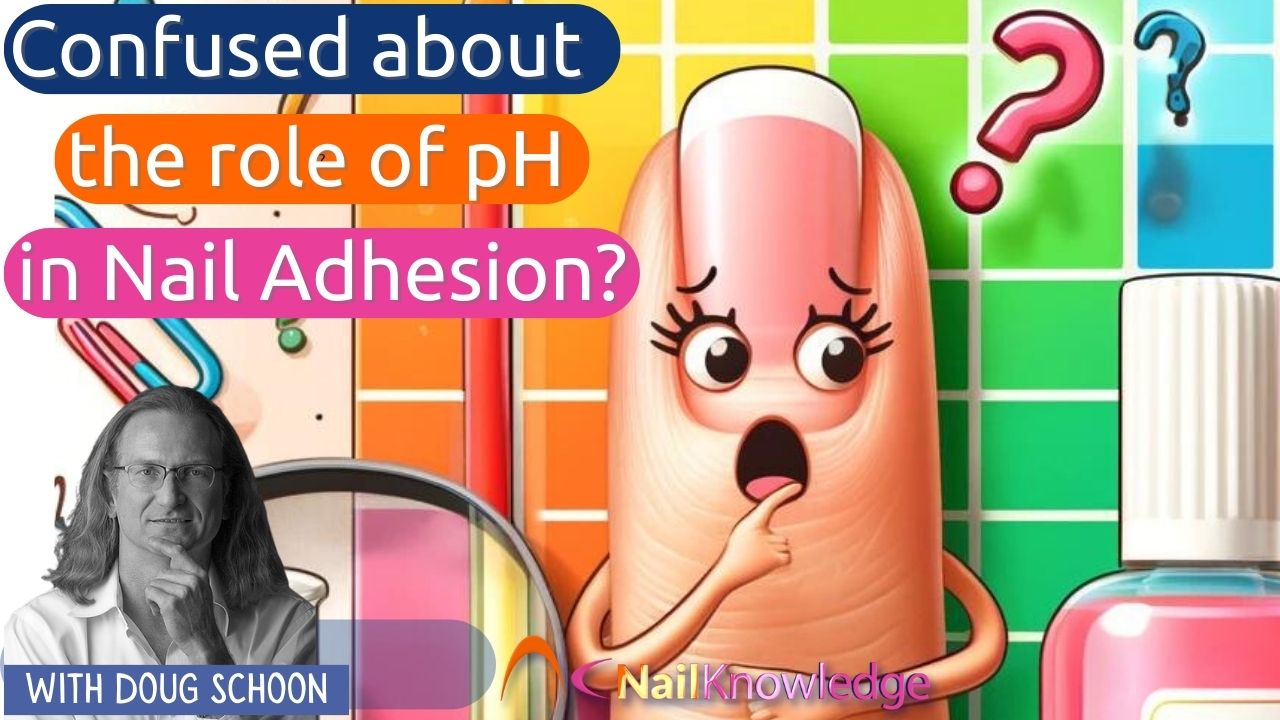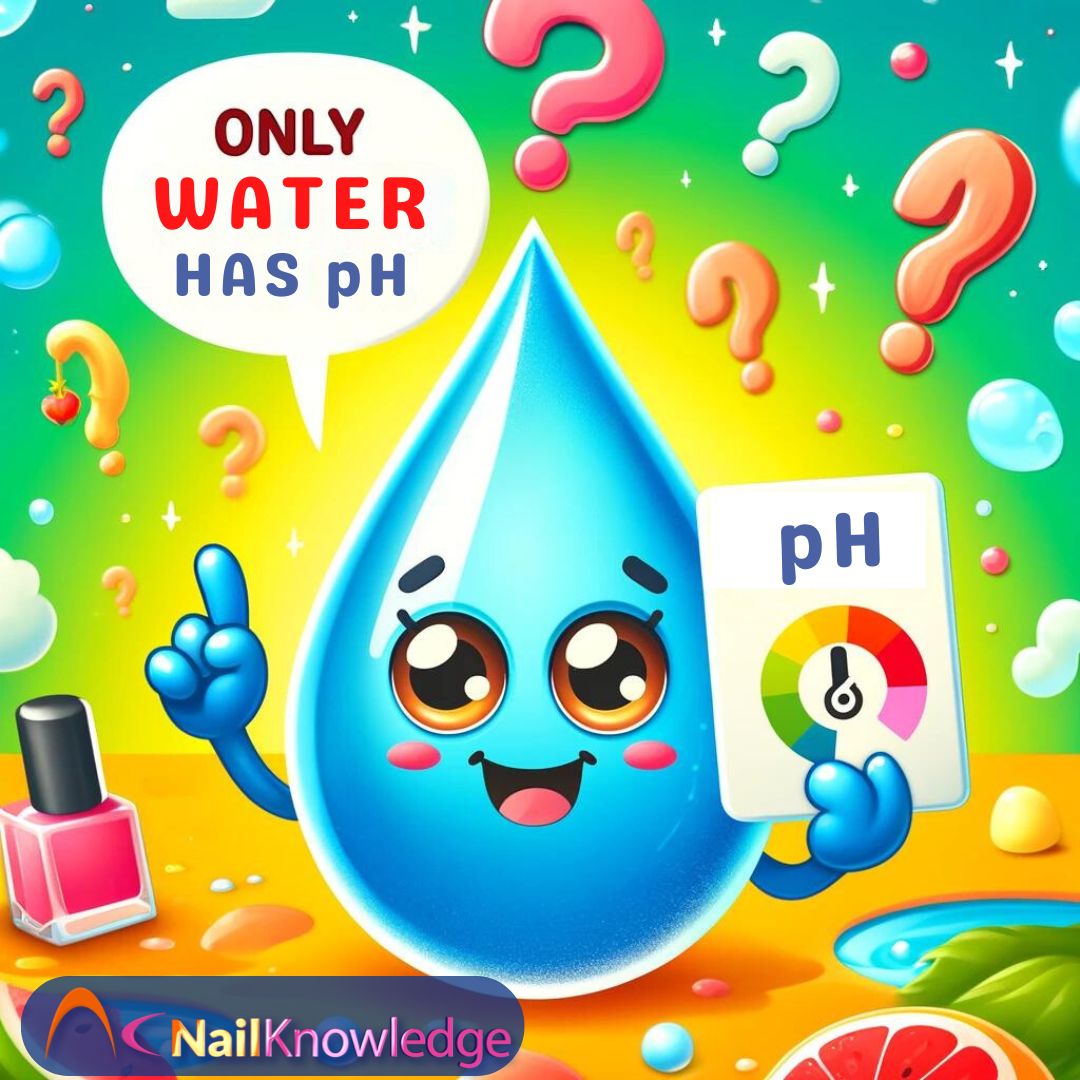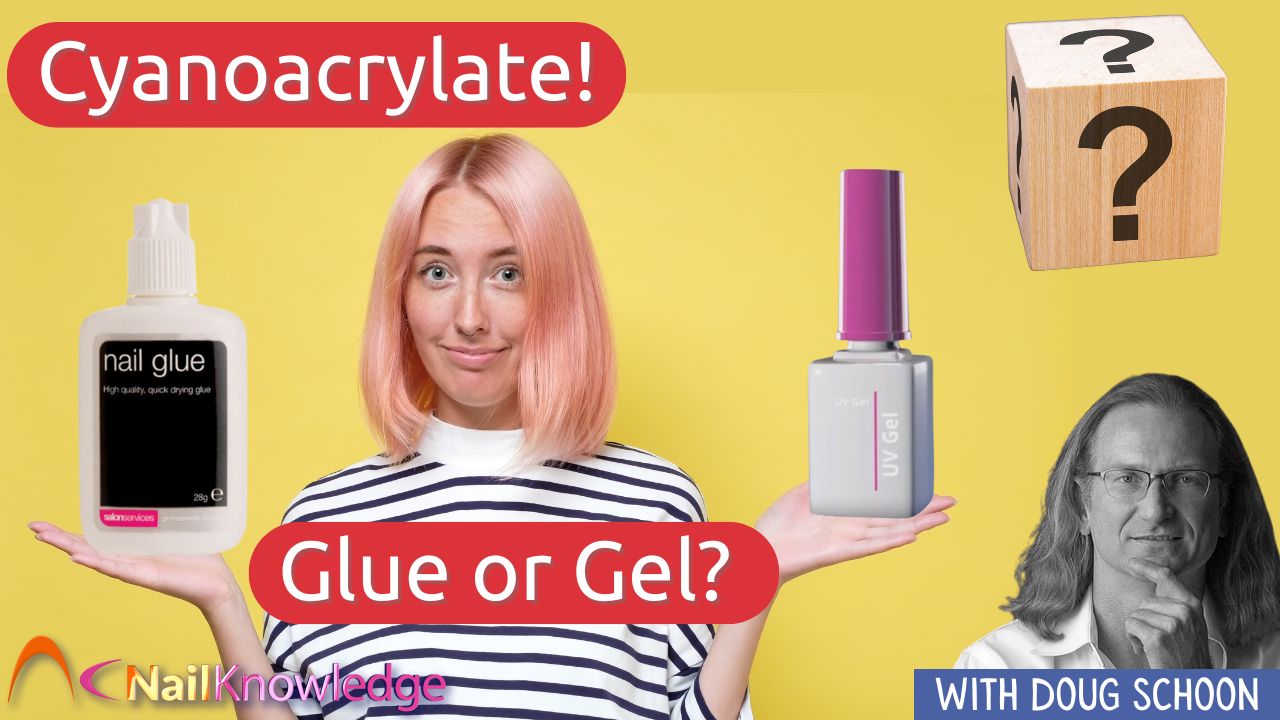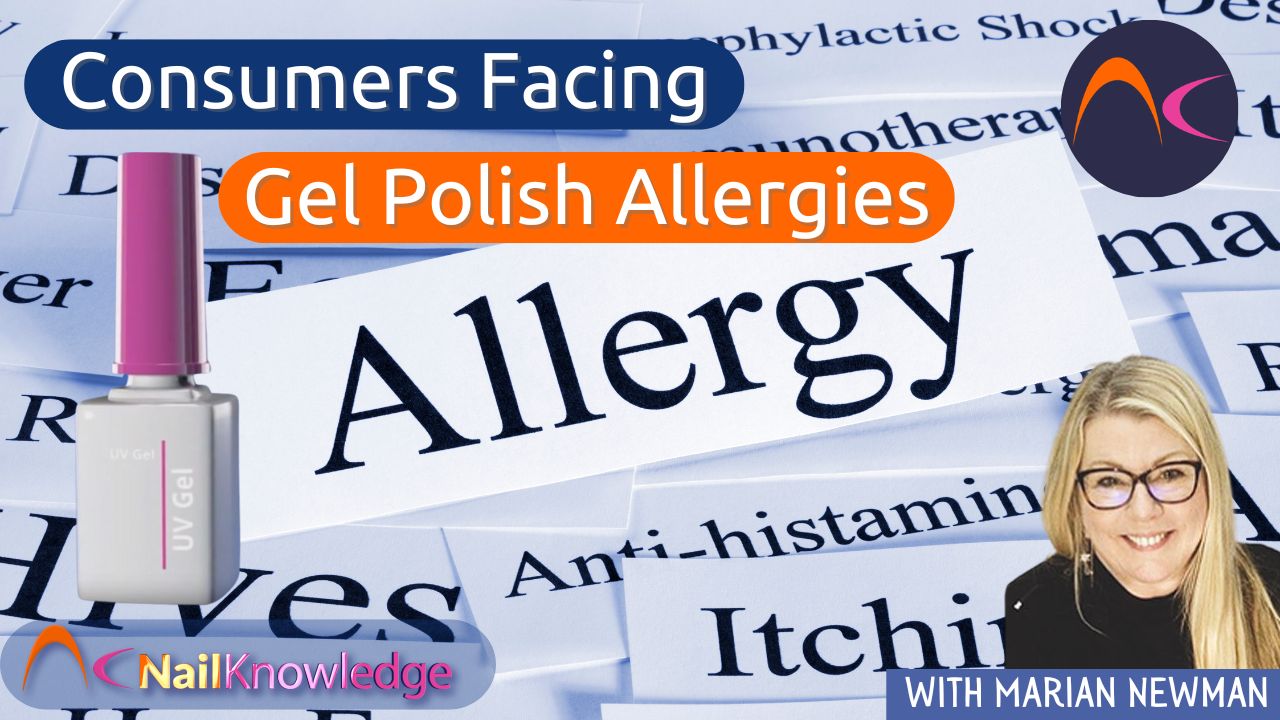Acetone is a solvent. It is not an allergen as some think. The human body produces small amounts of acetone through metabolism. It is however an irritant which means it can dry skin faster than natural moisture can be produced. This can cause some symptoms that are often misdiagnosed as an allergy.
Loại bỏ hiệu quả lớp phủ gel UV và móng tay
Acetone is a crucial product in the nail industry as it is the most efficient remover for both UV gel products and liquid and powder nail coatings. It quickly breaks the bonds without melting them, altering the structure so it can be easily removed from the nails.
Một cách để hiểu cách thức hoạt động này là tưởng tượng một cuộn khăn giấy nhà bếp được đặt trong một xô nước. Nó sẽ trở nên nhão và mất đi cấu trúc, nhưng nó vẫn là giấy. Nếu nó khô đi, cấu trúc sẽ khác, ở chỗ nó không còn là những tờ giấy gọn gàng nữa, nhưng nó vẫn là giấy trong trạng thái hỗn loạn.
Acetone’s Role in Nail Product Removal
Mặc dù có thể làm khô da nhưng đây vẫn là lựa chọn hiệu quả nhất vì thời gian tiếp xúc với da được rút ngắn nhất có thể.
There are many ‘acetone free’ polish removers where acetone is replaced by ethyl acetate or butyl acetate. These will remove polish but are not so efficient so takes longer to do the job. This results in longer skin contact with an equally drying solvent.
Lời khuyên của tôi cho người tiêu dùng là sử dụng acetone để tẩy sơn vì nó nhanh hơn và tiếp xúc với da càng ngắn càng tốt. Các phương án thay thế cần chà xát nhiều hơn và tiếp xúc với da lâu hơn.
Tại sao chất lượng mỹ phẩm lại cần thiết cho việc chăm sóc móng tay
Nhưng chỉ mua acetone phù hợp để sử dụng trong mỹ phẩm. Acetone được bán trong các cửa hàng như DIY không có khả năng là không tinh khiết và có thể có các thành phần vi lượng không phù hợp để tiếp xúc với da và thậm chí có thể là chất gây dị ứng. Acetone nguyên chất từ các nhà cung cấp mỹ phẩm là tốt nhất để sử dụng trong các dịch vụ làm móng.
Don’t be scared of acetone, other than understanding the fact that it is very flammable and any flame near to it can cause a flashback. Acetone should be stored in the cool and dark as it is very volatile meaning it evaporates easily so keep all containers of acetone covered to stop evaporation as it does have a strong smell that many don’t like or believe to be harmful.
It is the most efficient for nail coating removal and is often an ingredient in cleansers. It is not so effective alone for cleansing and dehydrating the nail plate. A mix of a solvent and alcohol (such as isopropyl alcohol, IPA) is the most efficient for this job.


